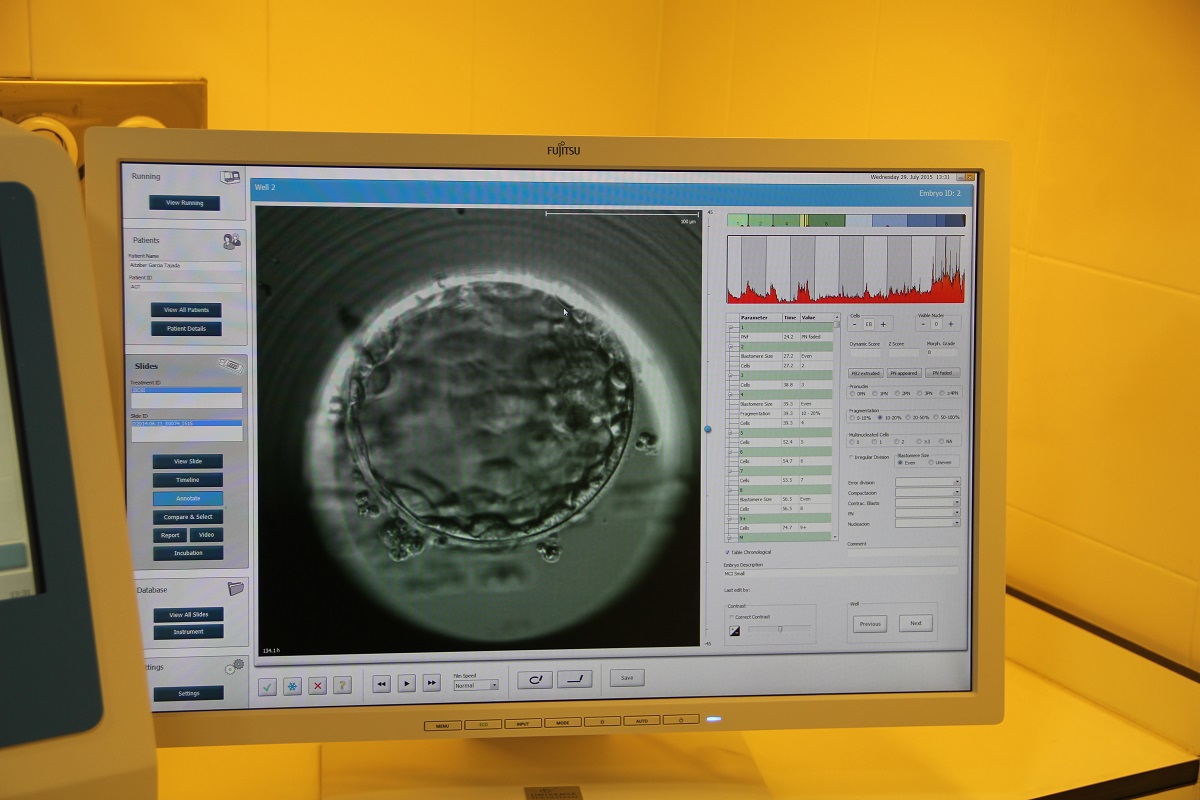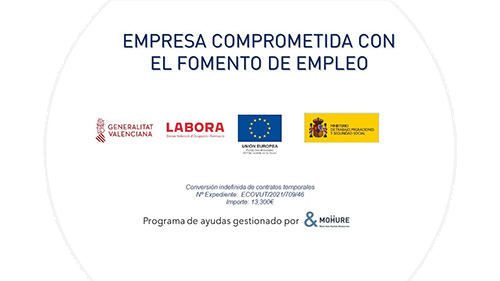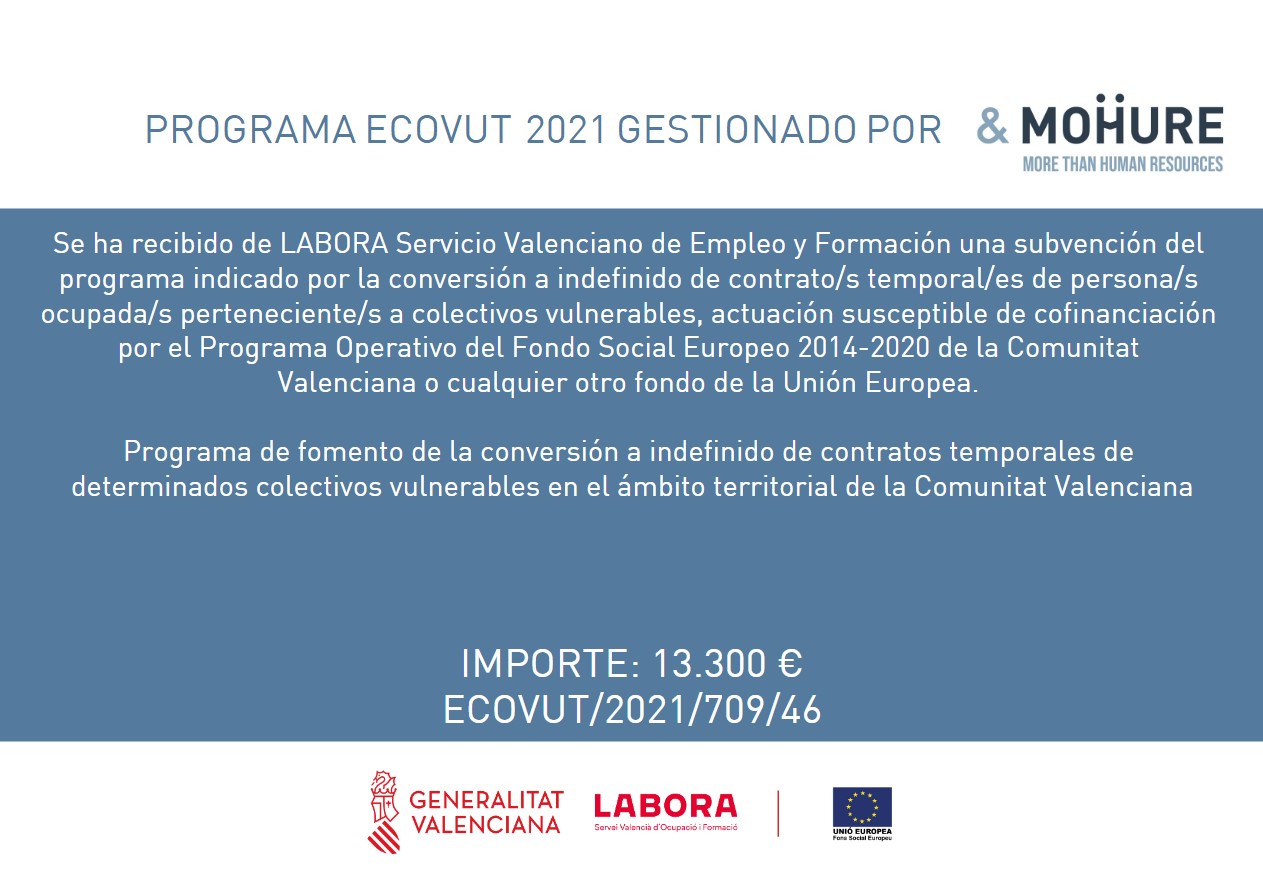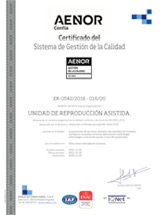UR Vistahermosa assesses each case and each IVF cycle in a personalized way
The embryo transfer is the final stage of In Vitro Fertilization (IVF) cycle, one of the most important processes of this technique of assisted reproduction
In Vistahermosa Reproduction Unit, choosing the day in which the transfer will be performed depends on the circumstances of each patient and the result of each IVF cycle; the goal is to achieve pregnancy and get a healthy baby at home.

“The transfer must always be personalized, there is no pattern to decide in general; You have to choose individually and in each IVF cycle. The number of embryos and their quality is a key determinant to decide if it is performed on day 3 or day 5, “says Carmen Avilés, gynecologist at the Vistahermosa Reproduction Unit.
Several aspects must be evaluated so that the strategy to follow will be successful: number of embryos obtained, embryo quality grade, age of the patient, associated pathologies, complementary techniques and if it is an IVF or and egg donation cycle.
But why on day 3 or day 5? Dr. Avilés explains that these are the days in which the quality of the embryos can be more easily analysed
according to morphological parameters: morphology, size, number of cells, fragments or vacuoles of the cells; and kinetic parameters: times of cell division. Also, depending on the implantation potential, the selection of the embryos includes 4 grades, from A to D, with A being very high and D being the lowest.
“Transferring on day 3 or on day 5 will depend fundamentally on the number of embryos we have, especially because the fact that an embryo does not reach day 5 in the laboratory does not mean that it does not evolve in the uterus, which is its natural environment, “says Avilés.
The fact of allowing them to develop until day 5, what is known as Blastocyst stage, “allows you to select them in a better way, but part of the embryos will stop their development during the process. Therefore, if you do not have an adequate number of embryos, at least four, it is possible that you do not have any embryos on day 5 “.
Regardless of these general circumstances, in Vistahermosa Reproduction Unit each case is assessed in a personalised way.
The person in charge of the Laboratory of Vistahermosa Reproduction Unit, Juan Manuel Moreno, indicates that a longer culture shows more information about the embryos, which facilitates the selection of the best ones to transfer. “This process allows us to synchronize in a more physiological way the receptivity of the endometrium with the embryo. With this technique, rates above 60 % of full-term pregnancies are achieved”.
Transfer on day 3 or on day 5? Advantages and disadvantages
The gynaecologist of Vistahermosa Reproduction Unit indicates that the main advantage of transferring on day 3 is that a greater number of embryos are available, since not all of them arrive at day 5. The cases in which it is preferable to transfer on day 3 are those in which we have less than 3 embryos of good quality at that moment.
“The drawback we will have in this case is that, as they are less selected embryos, we have a lower implantation rate than if we transferred on day 5,” the doctor points out.
 However, when a high number of embryos are obtained, taking them to a Blastocyst culture is the best option. As Dr. Juan Manuel Moreno says, “in these cases it is advisable to use time-lapse systems, which allow the embryonic evolution to be analysed moment by moment, without the need to remove the embryos from the incubator and maintaining the culture conditions without any alteration. Generally during the prolonged period of incubation, the blockage of some embryos that will not be able to reach Blastocyst takes place. In this way a natural selection is achieved, being able to identify the most suitable embryos and with a greater potential to develop an evolutive pregnancy “.
However, when a high number of embryos are obtained, taking them to a Blastocyst culture is the best option. As Dr. Juan Manuel Moreno says, “in these cases it is advisable to use time-lapse systems, which allow the embryonic evolution to be analysed moment by moment, without the need to remove the embryos from the incubator and maintaining the culture conditions without any alteration. Generally during the prolonged period of incubation, the blockage of some embryos that will not be able to reach Blastocyst takes place. In this way a natural selection is achieved, being able to identify the most suitable embryos and with a greater potential to develop an evolutive pregnancy “.
“Assessing the embryo day by day based on its morphological and kinetic parameters allows us to be more precise in the selection of the embryo with a greater potential for success; therefore, a single transfer can even be made without lowering the percentage of success and avoiding multiple pregnancy”, says Carmen Avilés.











